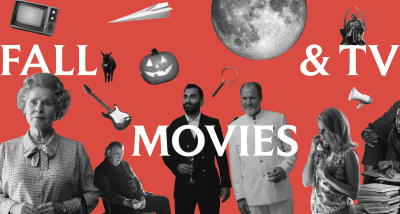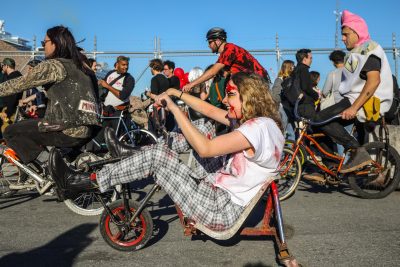Photos by Joseph Rodriguez
Taxi cab confessions
A new book of photography explores a gritty mid-'80s NYC through the eyes of cabbie Joseph Rodriguez.
Thirty years before anyone had heard of Uber or Lyft, Joseph Rodriguez—born, raised, and still living in Brooklyn—was driving a taxi in New York City. He was driving to put himself through school at the International Center of Photography after having kicked heroin. (“I got into cab driving,” he says, “because I was too weak to get a stand-up job.”)
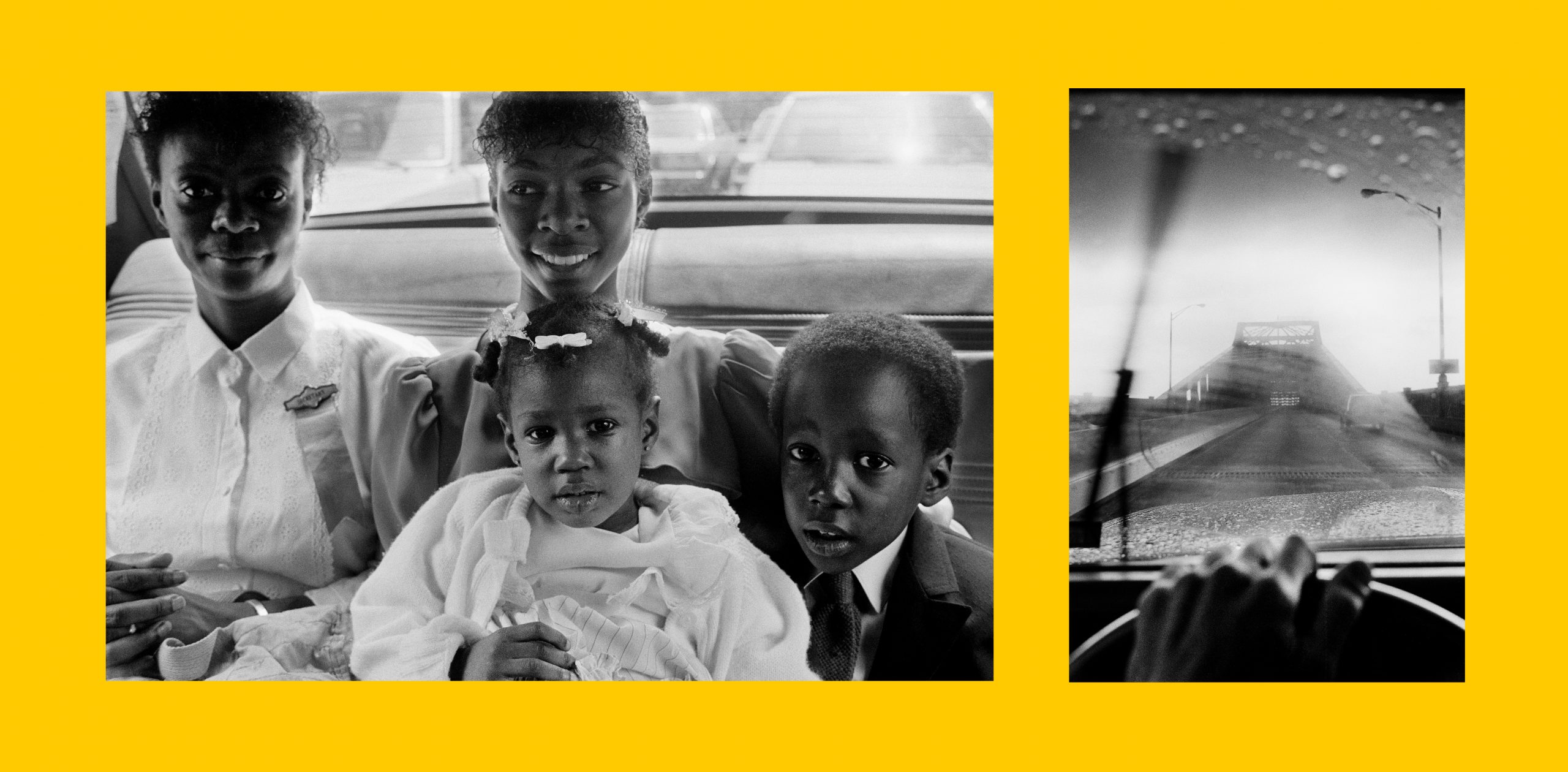
(Photos by Joseph Rodriguez)
The City was different in the mid-’80s—hookers hooked openly, hardcore gay clubs had cheery names like “Hellfire,” the Meatpacking District was actually a meatpacking district—and Rodriguez’s street photography captured the era with all of its sketchiness, proclivities, inequities, and struggle. “I wasn’t shy about looking at our city,” Rodriguez says. But even when there’s a hard-edged emptiness to Rodriguez grit-scapes, the pictures are never judgmental.
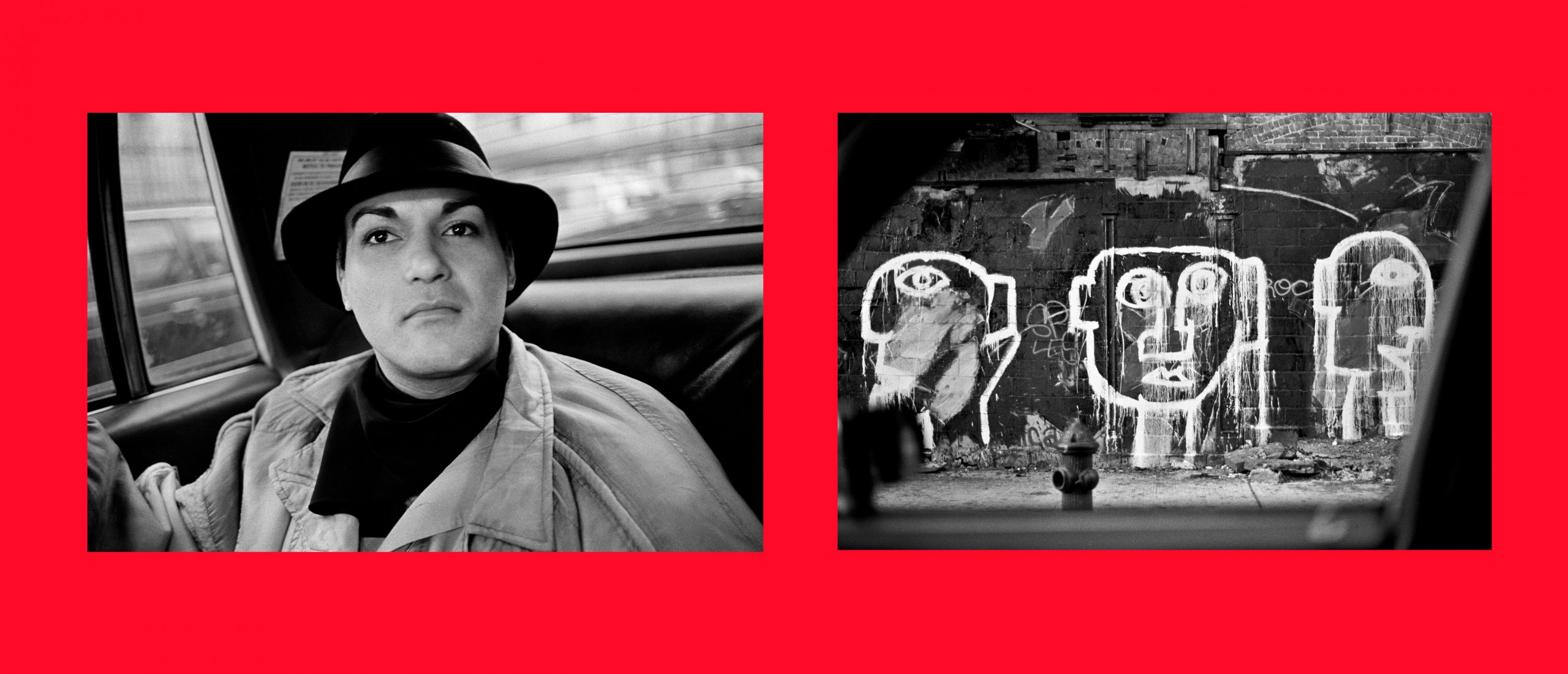

(Photos by Joseph Rodriguez)
Rodriguez studied the masters who’d stalked the City’s frenetic sidewalks looking for resonant pictures, but he didn’t have time for that; he had to work. So he shot from his cab—two rolls of Tri-X a week. “I was focused on what the street looks like when you’re low and on four wheels, when you’re driving,” he says. “You know, from the inside looking outside.’’ At ICP, the legendary photographer Mary Ellen Mark gave Rodriguez some pivotal advice: “She called me out, said I didn’t have the courage to turn the camera to the back seat,” he remembers. “After that, it was on.” That advice made Rodriguez’s images more intimate, more human.
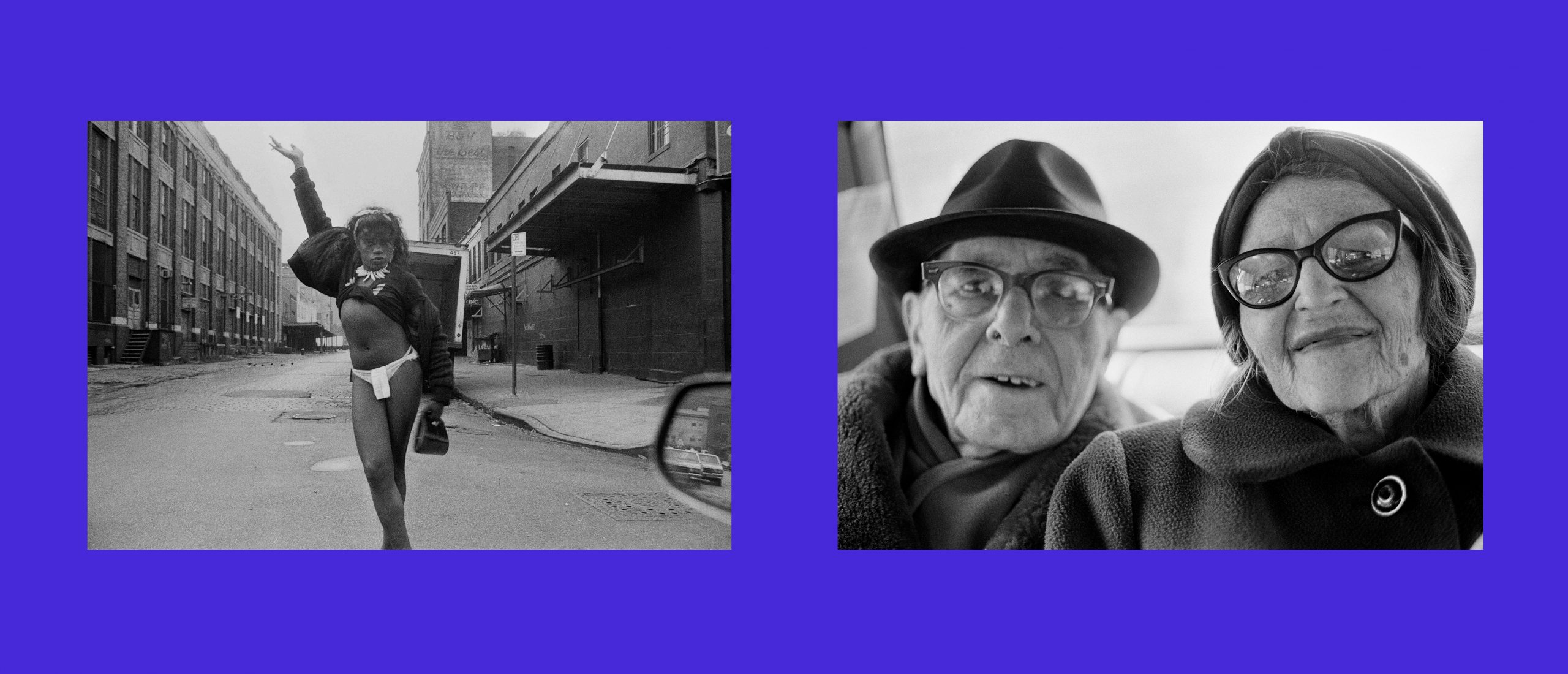

(Photos by Joseph Rodriguez)
Today, Rodriguez teaches photography at NYU and he’s got a terrific new book—”Taxi: Journey Through My Windows 1977–1987,” from powerHouse Books, of his distinctive through-the-window street pictures from those years. (The book, which includes a great postcard-from-the-past forward by novelist and screenwriter Richard Price, was made possible by funding from The Economic Hardship Reporting Project.)
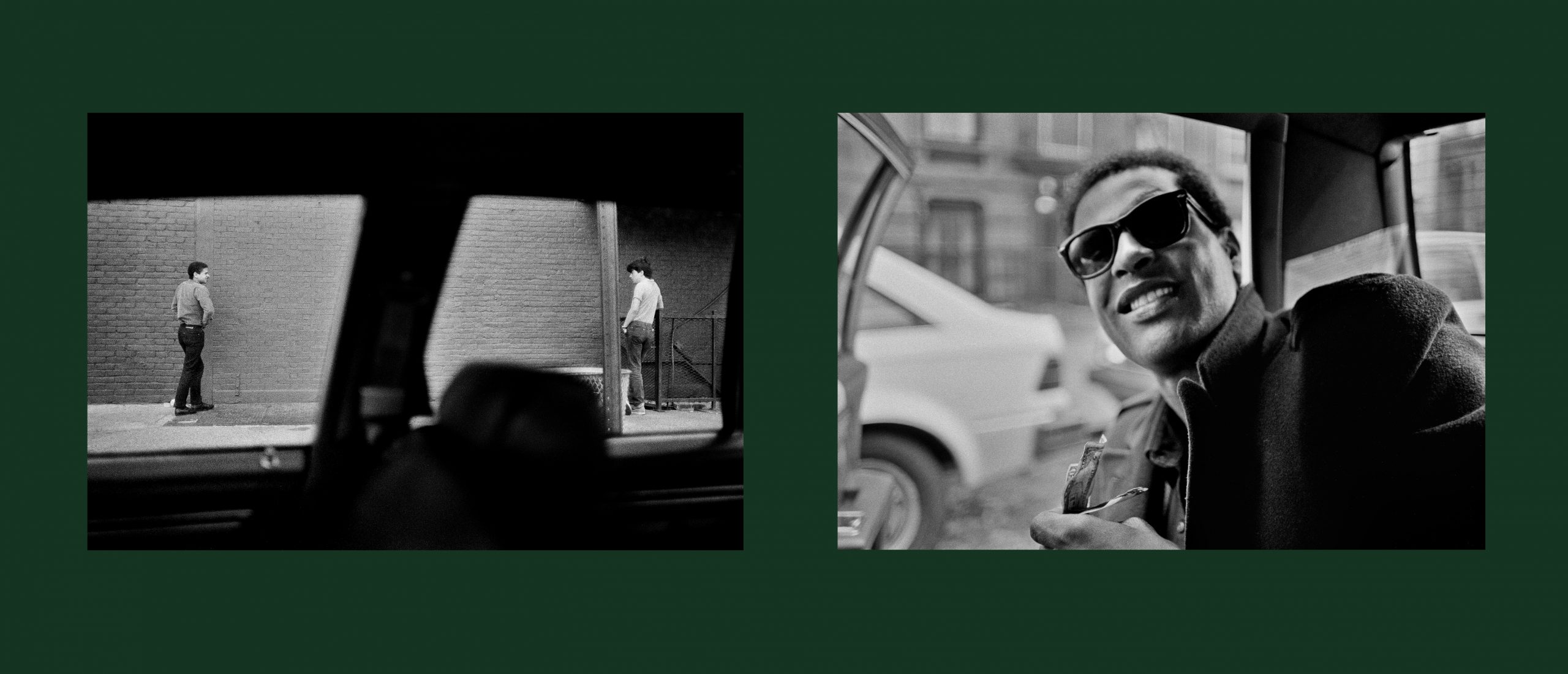

(Photos by Joseph Rodriguez)
New York City was a harder place back then, but Rodriguez’s frames manage to find a consistent human warmth.
You might also like 



















